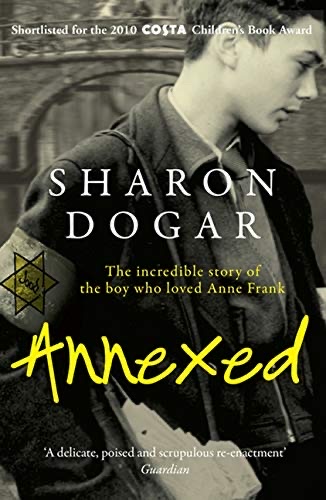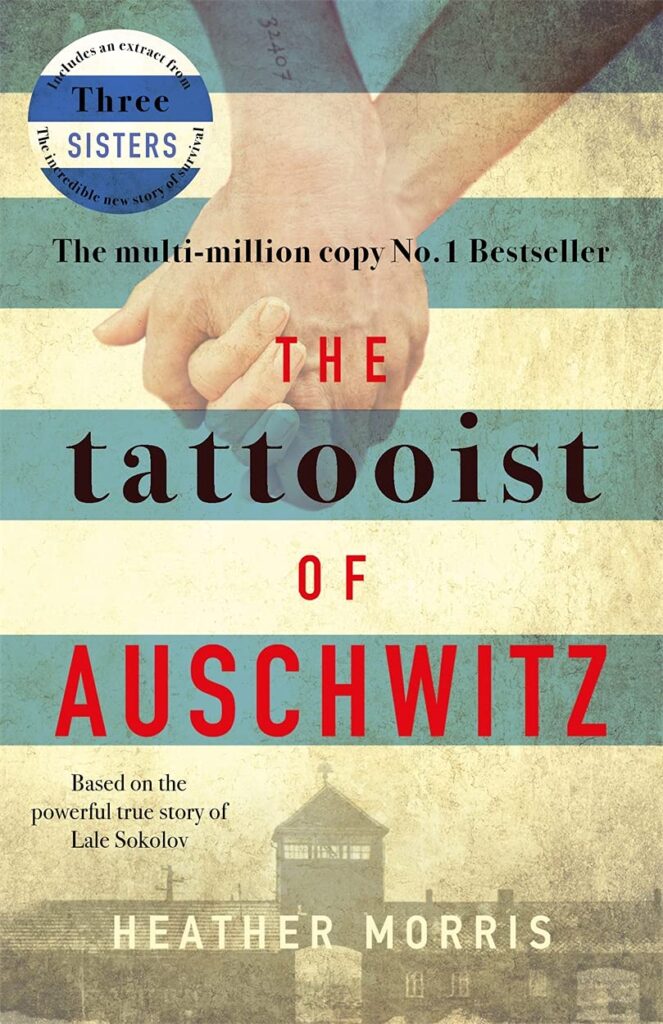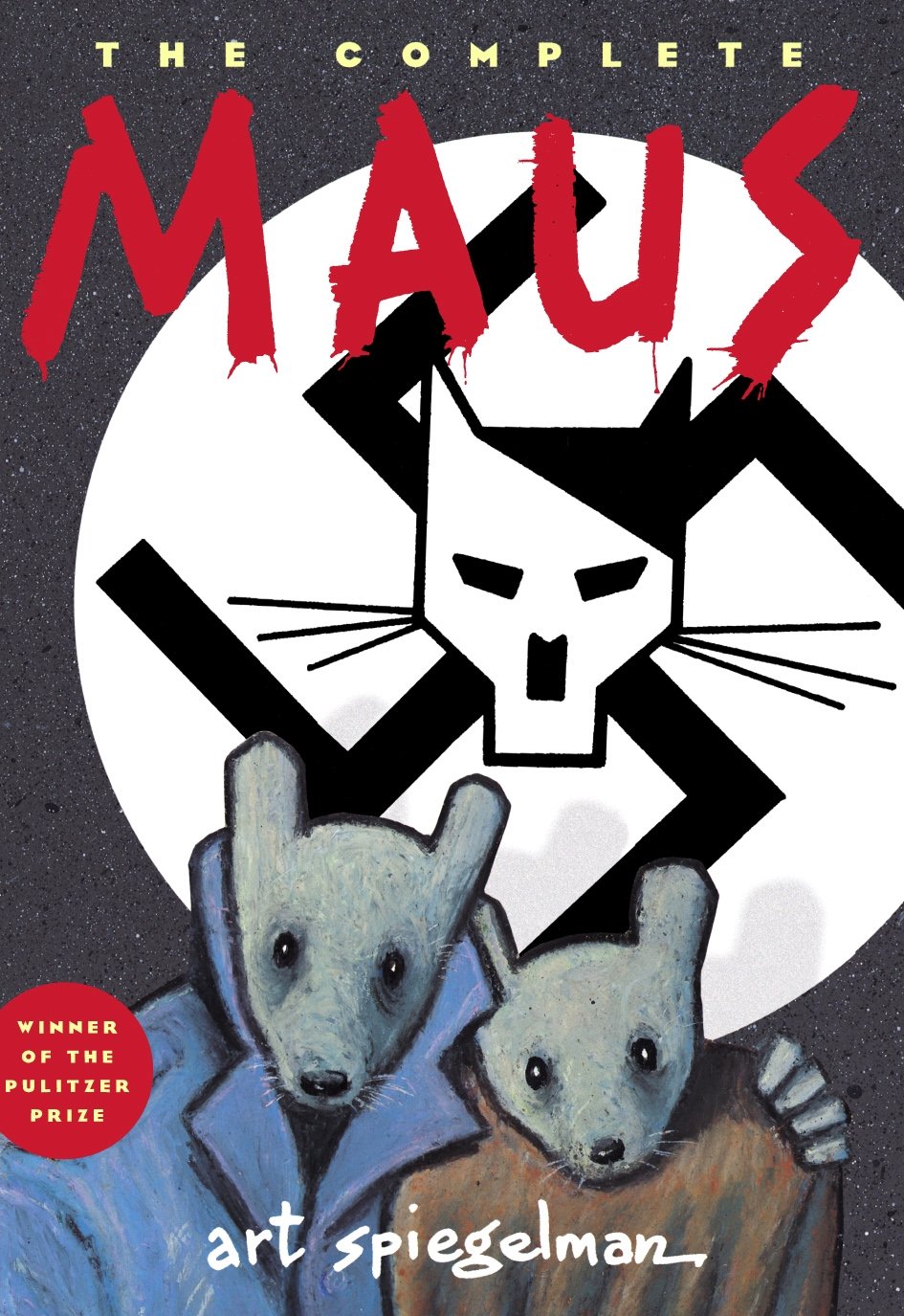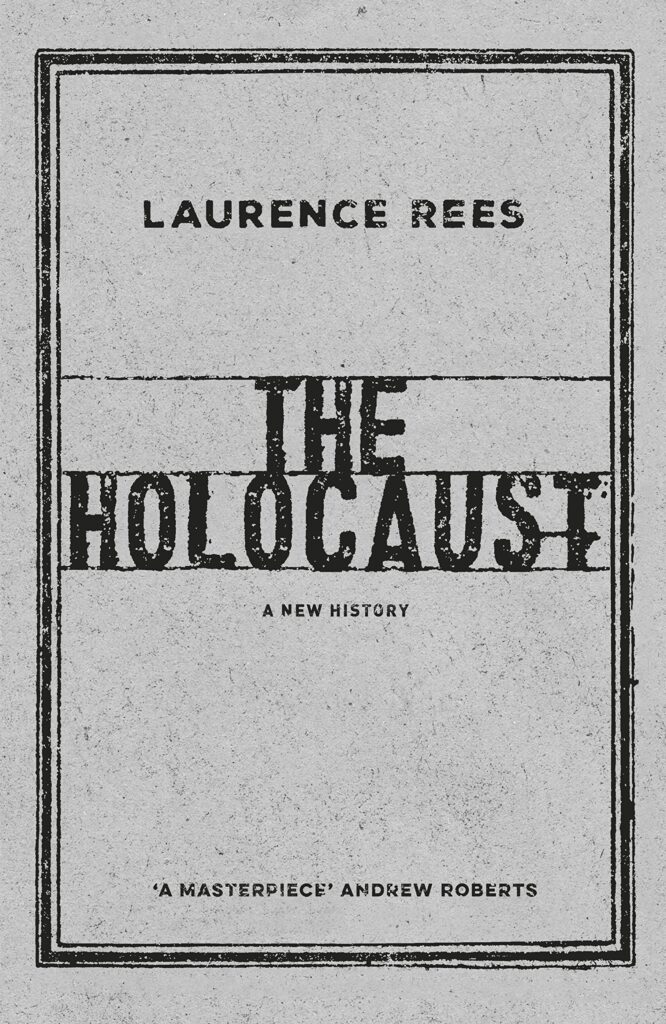January 27th
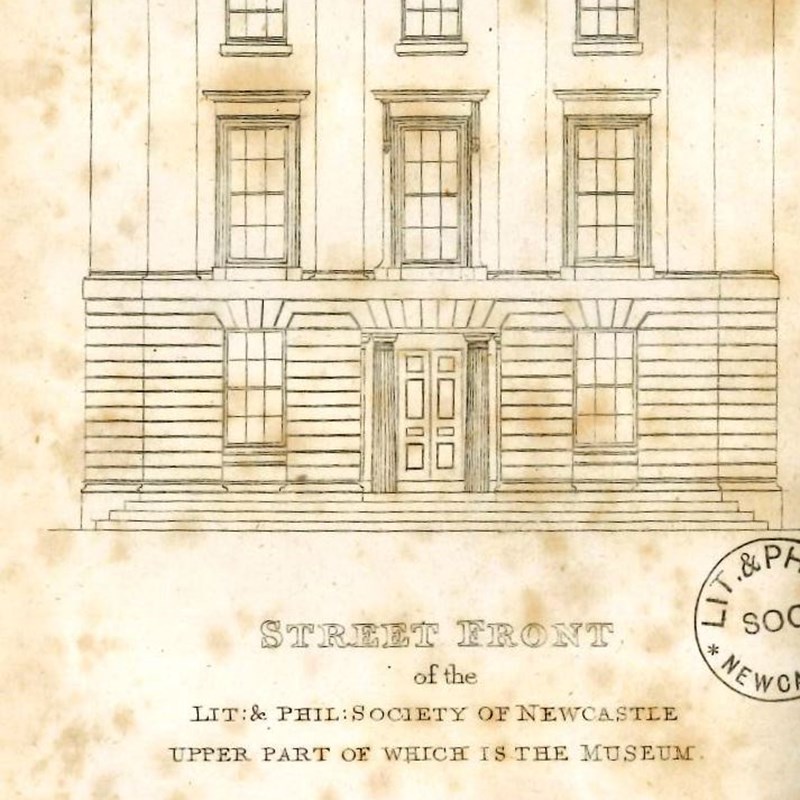
Annexed
Sharon Dogar | Young Fiction
Everyone knows about Anne Frank, and her life hidden in the secret annexe – or do they?
Peter van Pels and his family are locked away in there with the Franks, and Peter sees it all differently. He’s a boy, and for a boy it’s just not the same. What is it like to be forced into hiding with Anne Frank, to hate her and then find yourself falling in love with her? To know you’re being written about in her diary, day after day? What’s it like to sit and wait and watch whilst others die, and you wish you were fighting?
A delicate, poised and scrupulous re-enactment.
Mal Peet, The Guardian
How can Anne and Peter try to make sense of one of the most devastating episodes in recent history – the holocaust?
Anne’s diary ends on August 4 1944, but Peter’s story takes us on, beyond their betrayal and into the Nazi death camps. He details with accuracy, clarity and compassion, the reality of day to day survival in Auschwitz – and the terrible conclusion.
It’s a story rooted firmly in history and it asks a question of us all: Are we listening?
‘Is anybody there?’ Peter cries from the depths of his despair in the camps. Read it, and you will be.
The Tattooist of Auschwitz
Heather Morris | Fiction
I tattooed a number on her arm. She tattooed her name on my heart.
In 1942, Lale Sokolov arrived in Auschwitz-Birkenau. He was given the job of tattooing the prisoners marked for survival – scratching numbers into his fellow victims’ arms in indelible ink to create what would become one of the most potent symbols of the Holocaust.
A sincere…moving attempt to speak the unspeakable
The Sunday Times
Waiting in line to be tattooed, terrified and shaking, was a young girl. For Lale – a dandy, a jack-the-lad, a bit of a chancer – it was love at first sight. And he was determined not only to survive himself, but to ensure this woman, Gita, did, too.
The Tattooist of Auschwitz is a very moving book, showing the survival of humanity in a brutal place. I love this story
The Reading Life
So begins one of the most life-affirming, courageous, unforgettable and human stories of the Holocaust: the love story of the tattooist of Auschwitz.
Maus
Art Spiegelman | Graphic Novel
Hailed as the greatest graphic novel of all time.
Maus tells the story of Vladek Spiegelman, a Jewish survivor of Hitler’s Europe, and his son, a cartoonist coming to terms with his father’s story.
The first masterpiece in comic book history.
The New Yorker
Approaching the unspeakable through the diminutive (the Nazis are cats, the Jews mice), Vladek’s harrowing story of survival is woven into the author’s account of his tortured relationship with his aging father.
Against the backdrop of guilt brought by survival, they stage a normal life of small arguments and unhappy visits, studying the bloody pawprints of history and tracking its meaning for those who come next.
The Holocaust: A New History
Lawrence Reese | Non-fiction
This landmark work answers two of the most fundamental questions in history – how, and why, did the Holocaust happen?
Laurence Rees has spent twenty-five years meeting survivors and perpetrators of the Holocaust. Now, in his magnum opus, he combines their enthralling eyewitness testimony, a large amount of which has never been published before, with the latest academic research to create the first accessible and authoritative account of the Holocaust in more than three decades.
By far the clearest book ever written about the Holocaust, and also the best at explaining its origins and grotesque mentality, as well as its chaotic development.
Antony Beevor
This is a new history of the Holocaust in three ways. First, and most importantly, Rees has created a gripping narrative that that contains a large amount of testimony that has never been published before. Second, he places this powerful interview material in the context of an examination of the decision making process of the Nazi state, and in the process reveals the series of escalations that cumulatively created the horror. Third, Rees covers all those across Europe who participated in the deaths, and he argues that whilst hatred of the Jews was always at the epicentre of Nazi thinking, what happened cannot be fully understood without considering the murder of the Jews alongside plans to kill millions of non-Jews, including homosexuals, ‘Gypsies’ and the disabled.
Through a chronological, intensely readable narrative, featuring enthralling eyewitness testimony and the latest academic research, this is a compelling new account of the worst crime in history.
